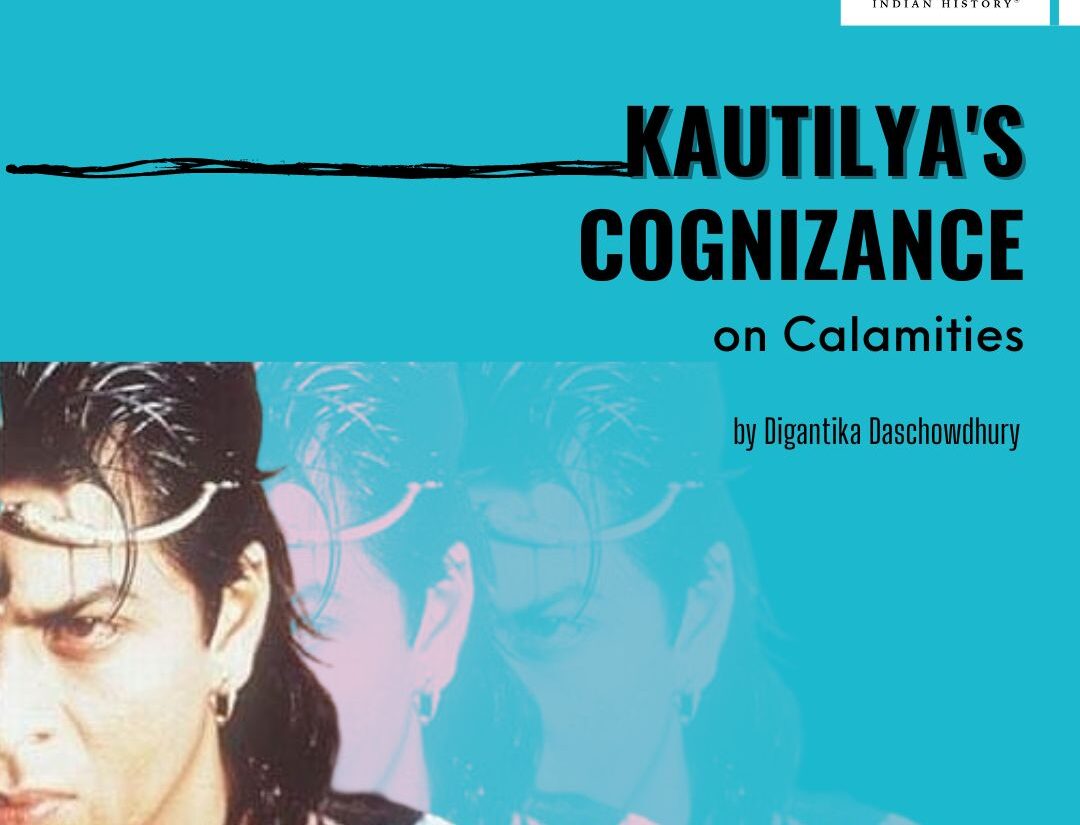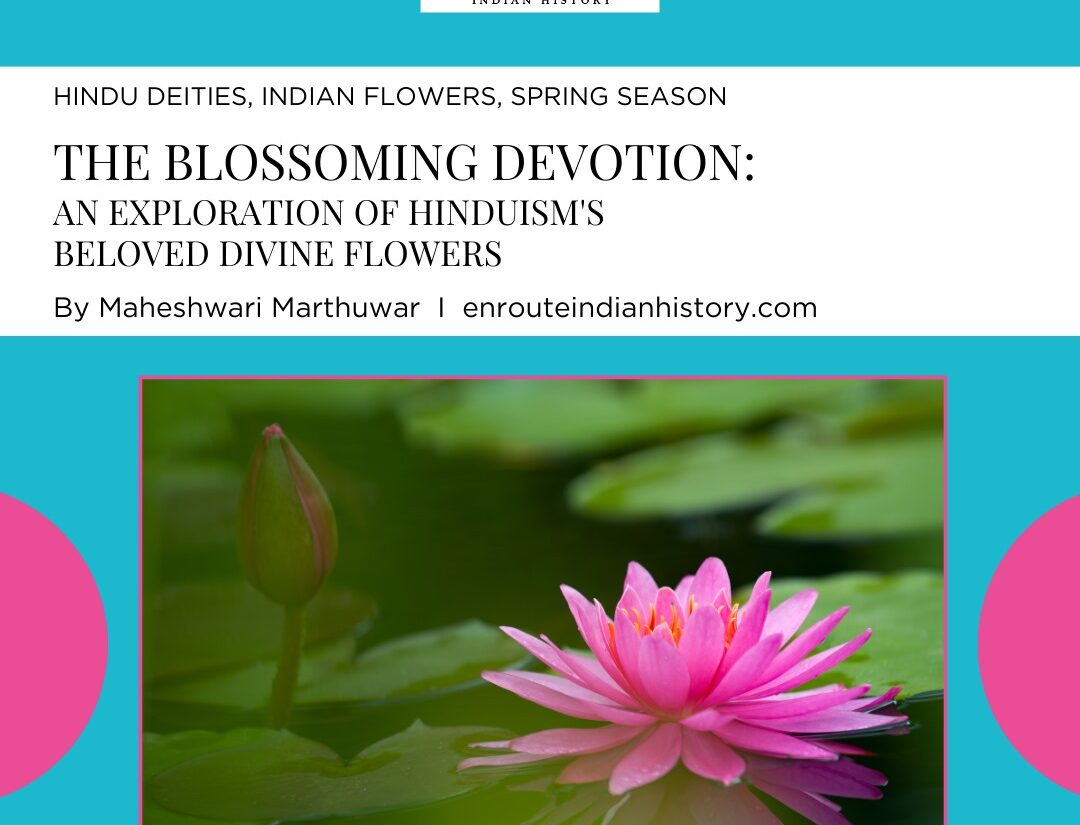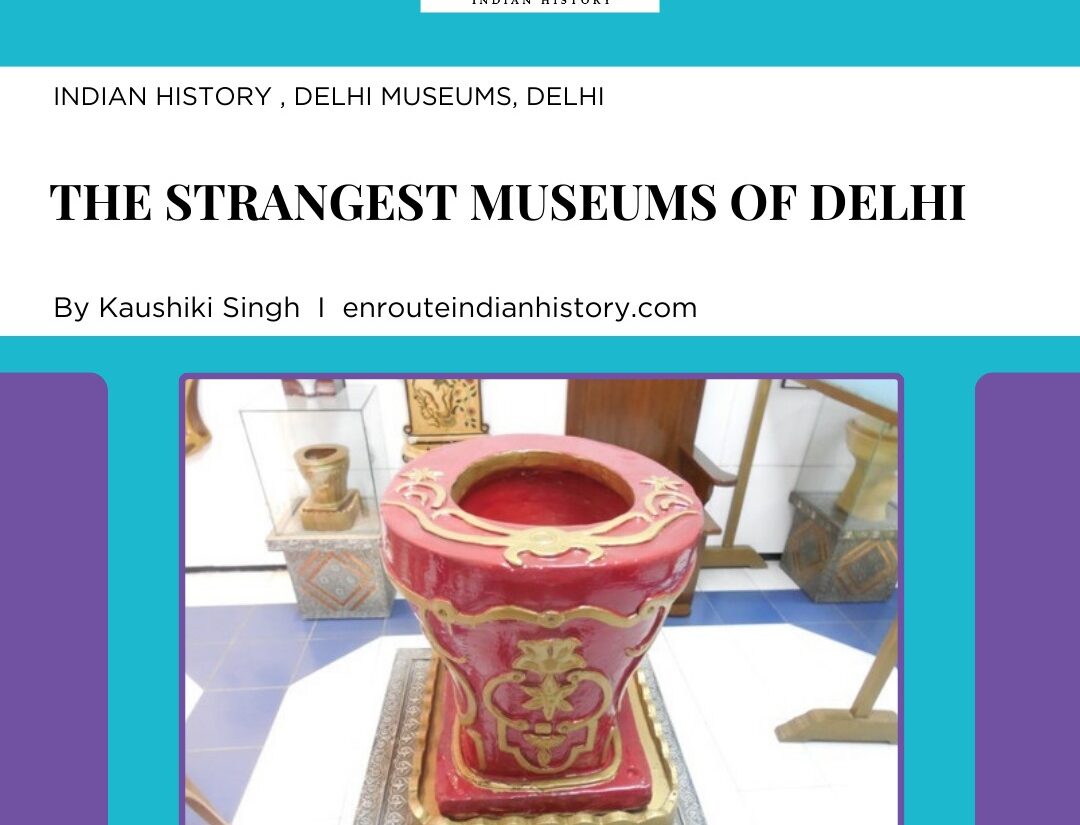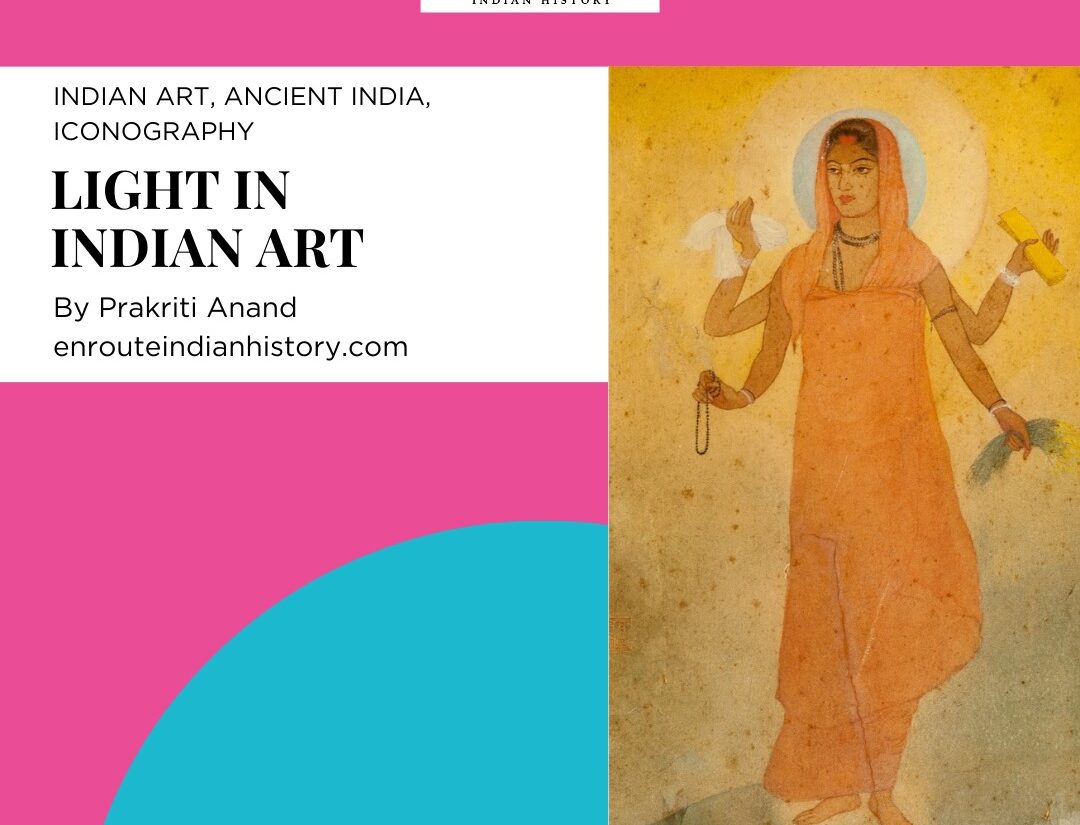Article by EIH Subject Matter Expert
Dr. Sonika Sandhu
The culture of India has been molded and shaped through the course of history by many factors such as political, religious, economical and geographical. The fundamental principles of social, political, and economic life were welded into a comprehensive theory, which is called Religion in Hindu thought. The total configuration of ideals, practices, and conduct is called Dharma.
According to Dr. R.K.Mukherjee, learning and education has been given the highest regard and is of utmost importance in the Indian society, with teachers being accorded supreme respect. Within Mythology also Gods have sometimes taken up the role of teachers for their disciples. Fields of Vidya or teaching were divided into two broad streams- Paravidya (the higher spiritual knowledge) and aparvidya or lower knowledge of secular sciences. The latter is needed to live a comfortable life here. The former helps one to be fully prepared for the hereafter. Hence a balanced combination of both is advocated so that both civilization and culture are imparted. In Indian culture the ultimate aim of education is Chitti-Vritti- nirodha (the control of mental activities connected with the so called concrete world). In India two major systems of education emerged; Vedic and Buddhist. The medium of instruction for Vedic was Sanskrit, and for Buddhist it was Pali. Major education treatise and texts were the Vedas, Brahmans, Upanishads, Dharamsutras. Since the Vedic times the focus of education has been wholesome, with focus on the development of not only outer but inner body as well. This would include humility, truthfulness, discipline, self-reliance.
Curriculum in ancient India was not static but dynamic. The fundamental goal of building a good curriculum was development of students mentally and physically. The curriculum consists of four Vedas, six vedangas, Upanishads, darshanas, Puranas, Tarka Shastra. The six vedangas were Shiksha, Chhandas, Vyakarana, Nirukta, Jyotisha, and Kalpawhile the darshanas were Nyaya, Baiseshika, Yoga, Vedanta, Sankhya, Mimasa. Besides these even Algebra and Geometry were part of the curriculum. The curriculum of the Buddhist system consists of pitakas, Abhidharma, and sutras. The subjects could broadly be classified into Shastras which comprised of the sciences and the Kavyas which were the creative arts. Interestingly besides imparting education in shastras, Vedas and vedangas, even Itihas was taught. Logical reasoning or Anviksiki was encouraged, Mimansa was interpretation and had a greater role in creative spaces. There were also subjects which dealt with the professional trades like Shilipashastra (Architecture), Varta (Agriculture, Trade, Commerce and Animal husbandry). Under military education pupils were trained in Dhanurvidya (archery).
Ashrams, gurukuls and even temples were the main centres of education. There were also some world class universities for example Takshashila university, Nalanda university, Pushpagiri Vihara, Odantapuri University, Vikramashila, Somapura Mahavihara, Bikrampur Vihara, Jagaddala Mahavihara. With the coming of Sultanates and Mughal dynasties education was imparted even in Madrasas and Makthabas where subjects like poetry, math, history etc were taught according to the Islamic tenets. In South there were Agraharams, Bengal had Tols and Chatuspadis in Bihar.
Today though we have multiple achievements and degrees true education and its essence remains missing. One can look back into the past to gain an insight into what our ancestors taught and more is how they taught.
References:
Ghonge, M.M., Bag, R. and Singh, A., 2020. Indian Education: Ancient, Medieval and Modern. In Education at the Intersection of Globalization and Technology. IntechOpen.
Kapur, R., 2018. Education in the Ancient Period. University of Delhi Research Gate, p.25.
- March 20, 2024
- 15 Min Read
























